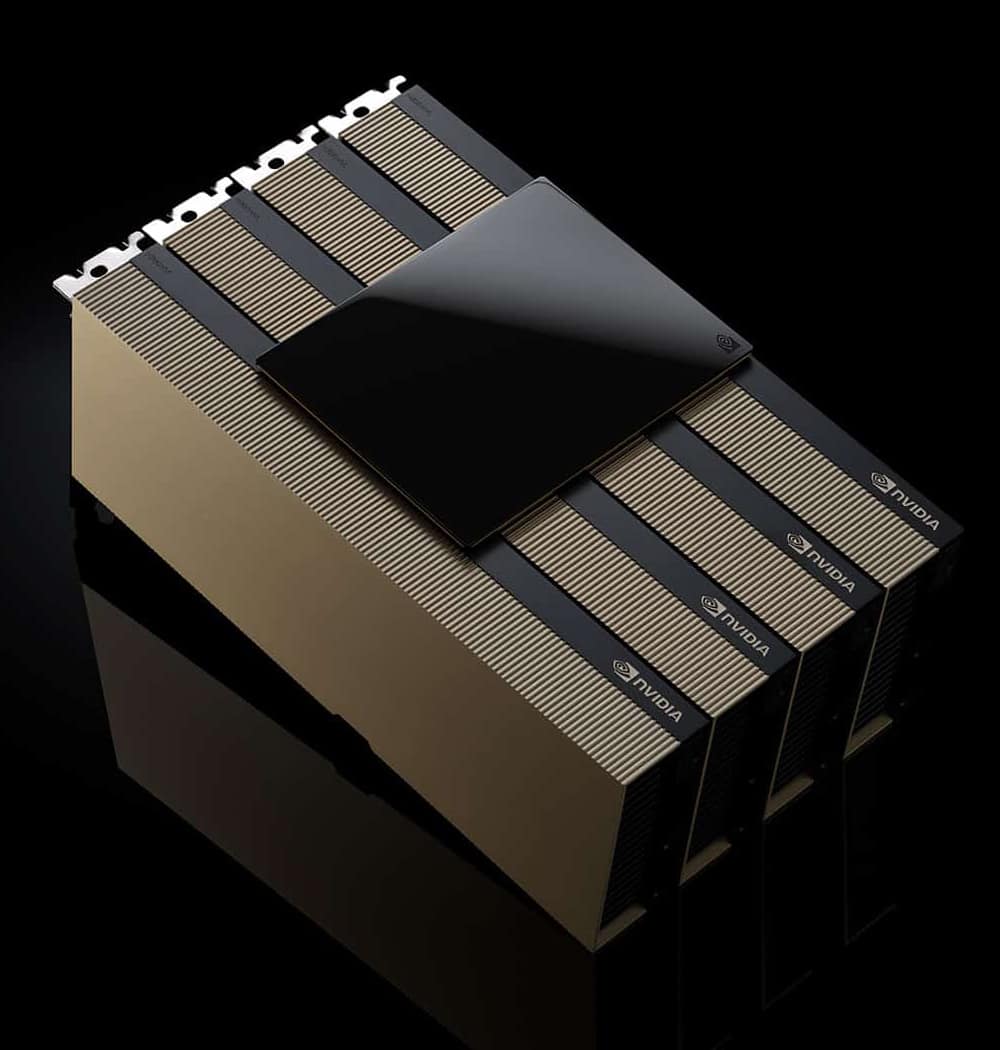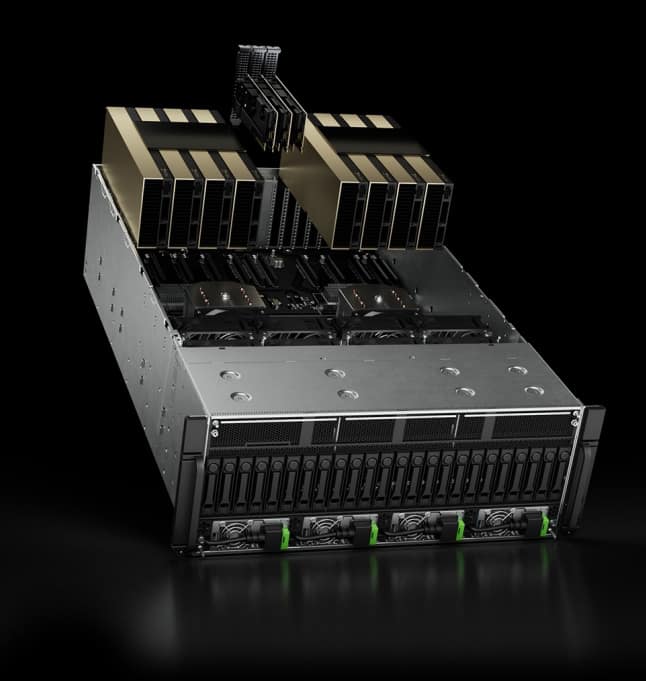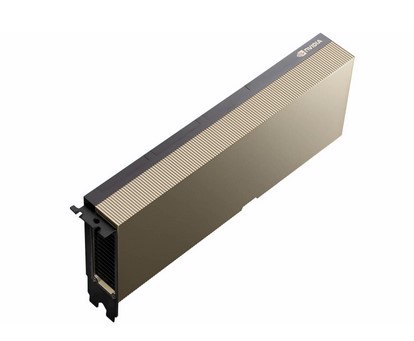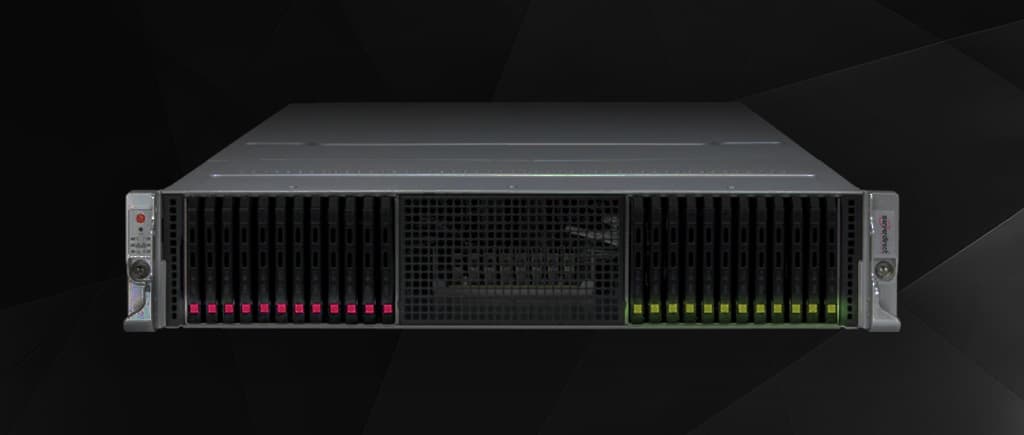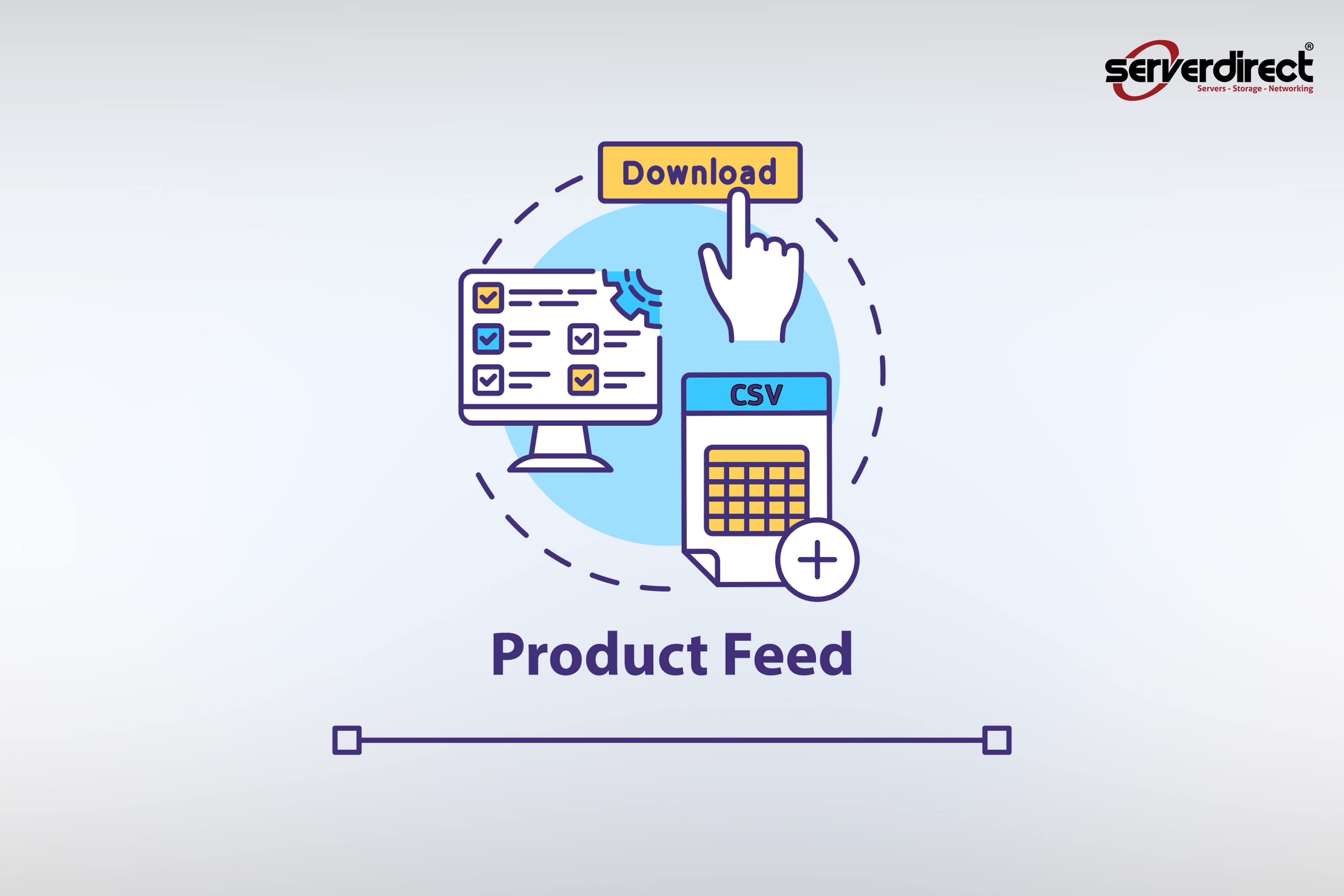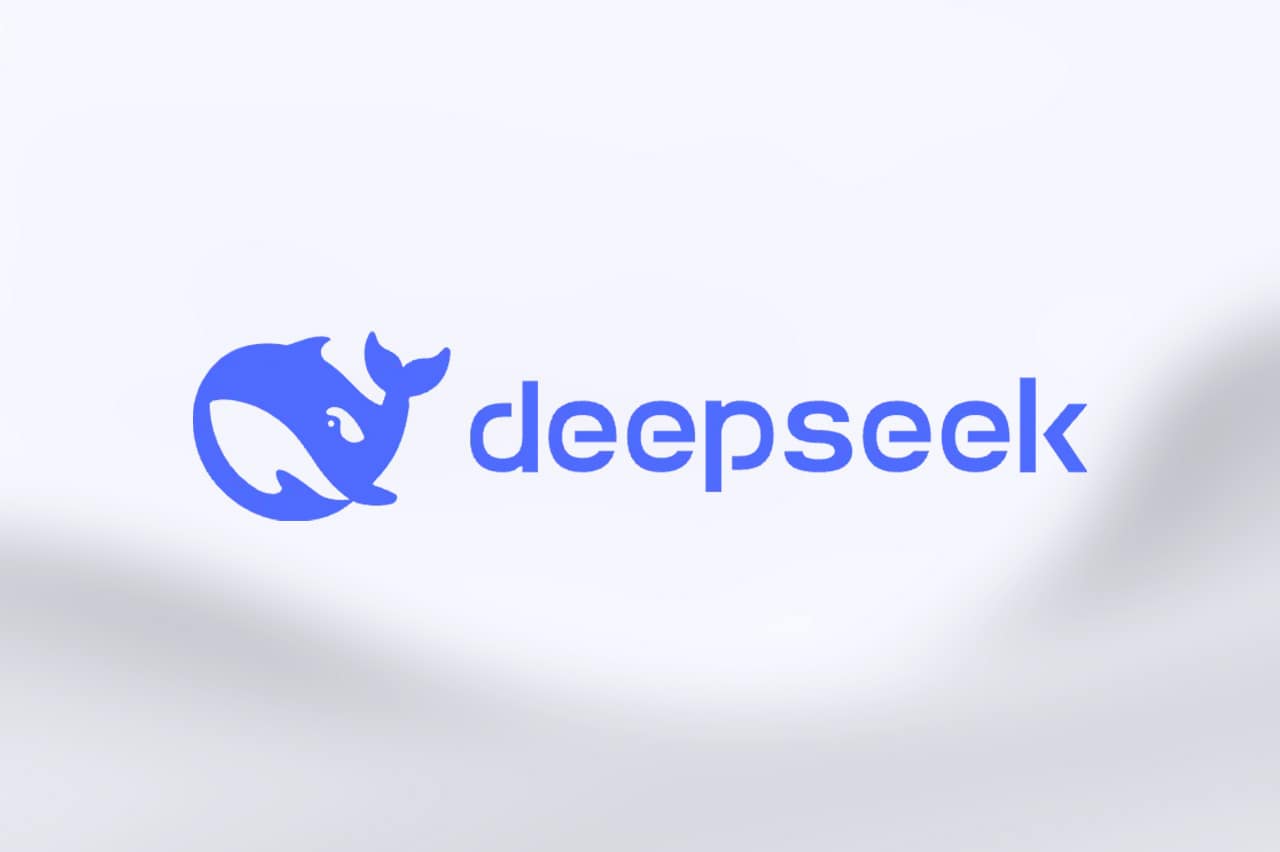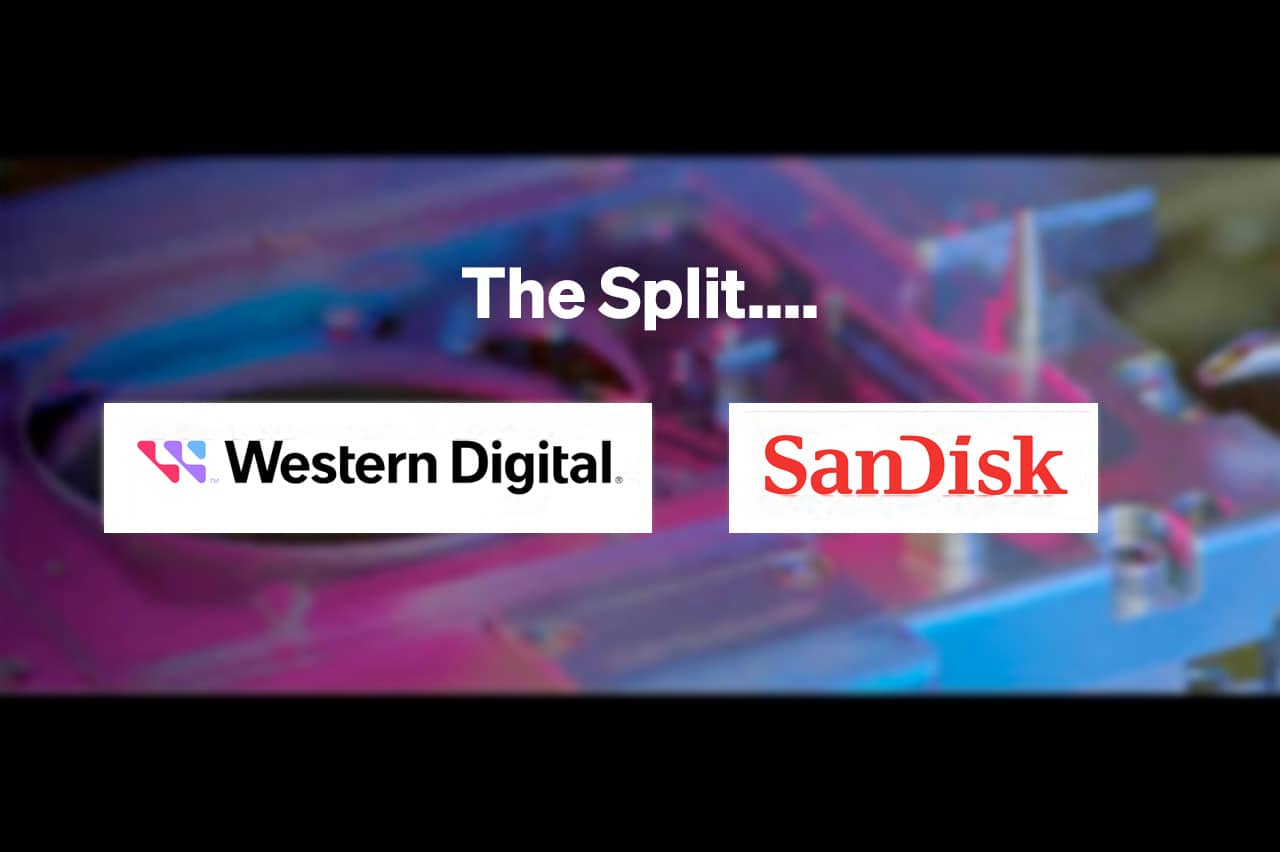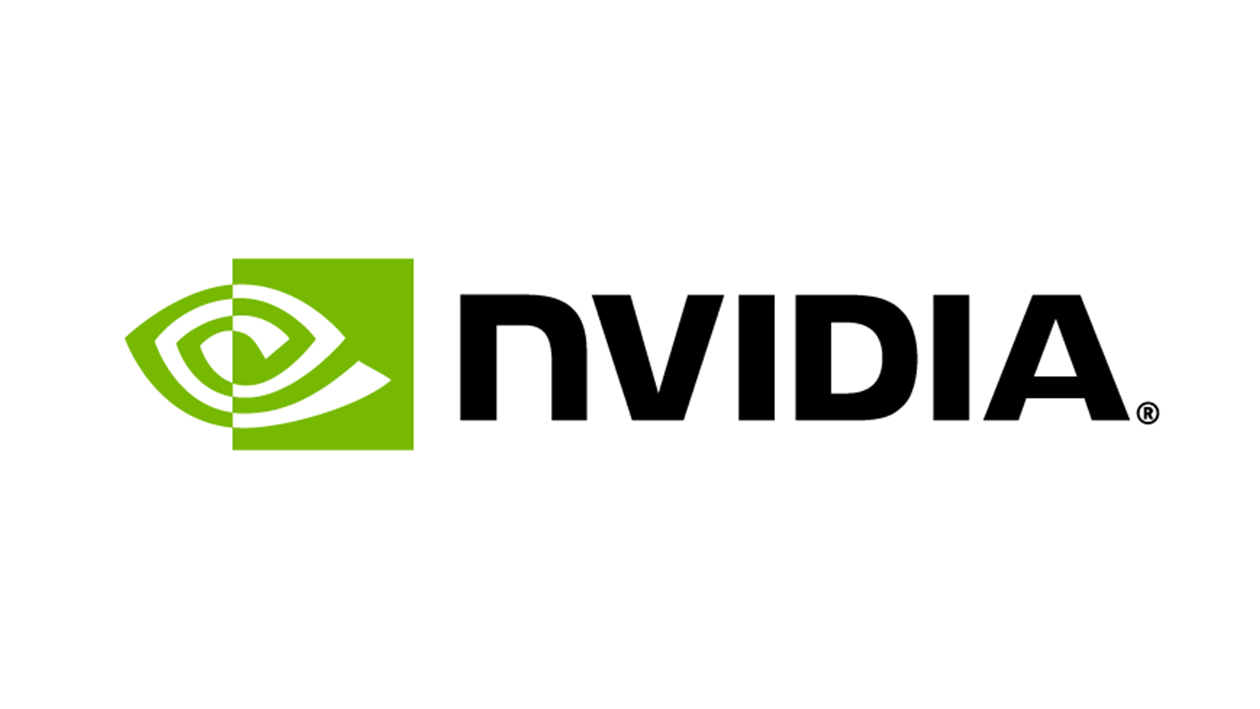
H200 NVL (Tensor Core GPU 141GB)
Vraag offerte aan voor prijsinformatie
NVIDIAProduct ID: 900-21010-0040-000
Hulp Nodig? Contacteer onze experts
Beschikbaar van maandag tot vrijdag, 09:00 - 17:30 uur
| H200 SXM¹ | H200 NVL¹ | |
|---|---|---|
| FP64 | 34 TFLOPS | 30 TFLOPS |
| FP64 Tensor Core | 67 TFLOPS | 60 TFLOPS |
| FP32 | 67 TFLOPS | 60 TFLOPS |
| TF32 Tensor Core² | 989 TFLOPS | 835 TFLOPS |
| BFLOAT16 Tensor Core² | 1,979 TFLOPS | 1,671 TFLOPS |
| FP16 Tensor Core² | 1,979 TFLOPS | 1,671 TFLOPS |
| FP8 Tensor Core² | 3,958 TFLOPS | 3,341 TFLOPS |
| INT8 Tensor Core² | 3,958 TFLOPS | 3,341 TFLOPS |
| GPU Memory | 141GB | 141GB |
| GPU Memory Bandwidth | 4.8TB/s | 4.8TB/s |
| Decoders | 7 NVDEC 7 JPEG | 7 NVDEC 7 JPEG |
| Confidential Computing | Supported | Supported |
| Max Thermal Design Power (TDP) | Up to 700W (configurable) | Up to 600W (configurable) |
| Multi-Instance GPUs | Up to 7 MIGs @18GB each | Up to 7 MIGs @16.5GB each |
| Form Factor | SXM | PCIe Dual-slot air-cooled |
| Interconnect | NVIDIA NVLink™: 900GB/s PCIe Gen5: 128GB/s | 2- or 4-way NVIDIA NVLink bridge: 900GB/s per GPU PCIe Gen5: 128GB/s |
| Server Options | NVIDIA HGX™ H200 partner and NVIDIA-Certified Systems™ with 4 or 8 GPUs | NVIDIA MGX™ H200 NVL partner and NVIDIA-Certified Systems with up to 8 GPUs |
| NVIDIA AI Enterprise | Add-on | Included |
1) Preliminary specifications. May be subject to change. | ||
| Datasheet | Download datasheet | |
Achieve Computational Breakthroughs Through Our GPU Solutions
GPU computing utilizes graphics processing units for more than just
rendering visuals, capitalizing on their ability to execute multiple tasks in parallel. Boasting
thousands of cores, perfectly suited for handling complex, large-scale data sets and repetitive
tasks efficiently.
This parallel processing capability is key for a broad spectrum of applications, from
scientific simulations and data analysis to machine learning and graphics design. By working in
tandem with CPUs, where the GPU takes on the heavy lifting for compute-intensive tasks, processing
speeds are greatly enhanced.
Such a collaborative approach has cemented GPU computing as an essential component of
high-performance computing (HPC) environments, particularly for powering AI-driven tasks and
analyses in various fields. This synergy not only speeds up computations but also expands the
potential for groundbreaking discoveries and innovations across industries.
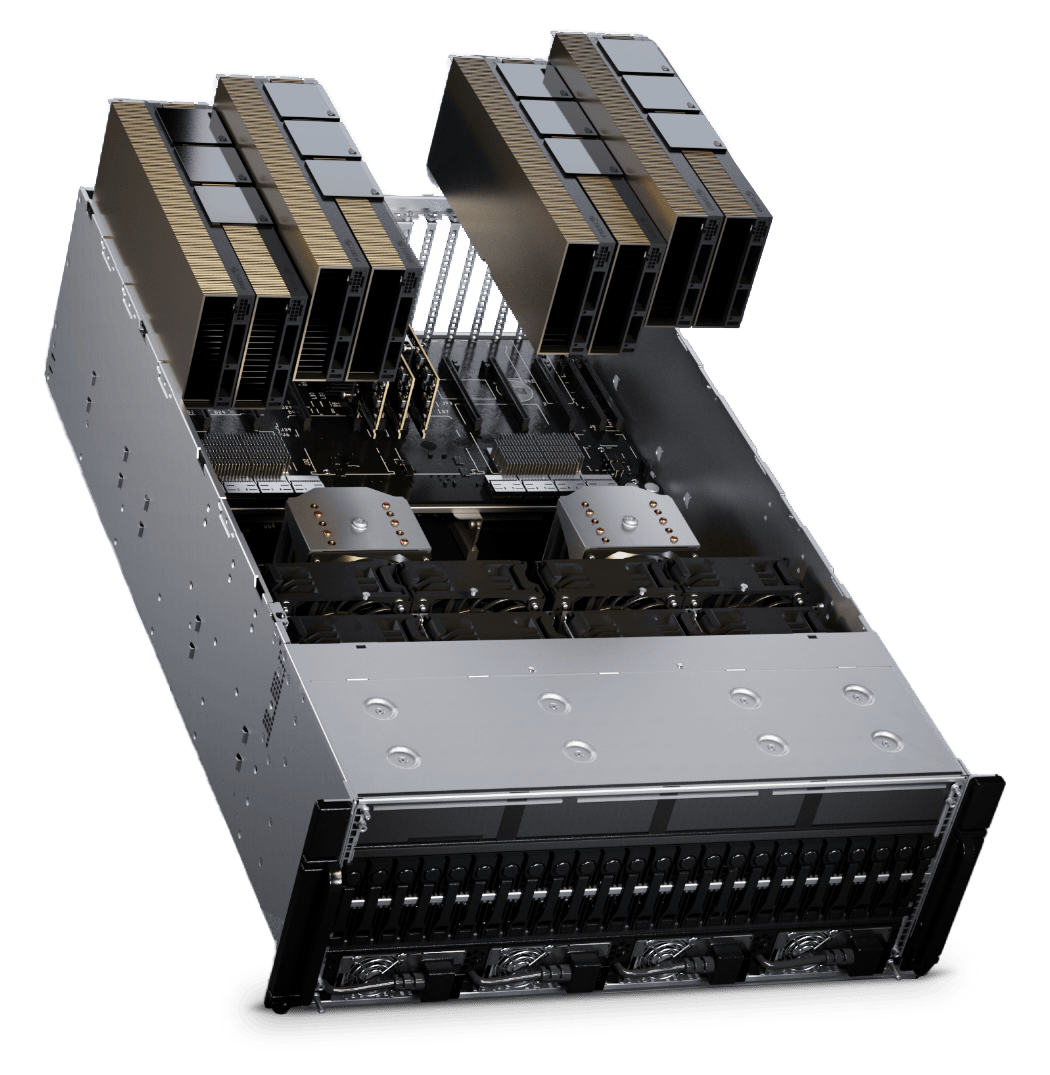
NVIDIA GPU A100
The NVIDIA A100 80GB Graphic Card is a highly advanced GPU designed for the most demanding computational tasks.
| Feature | Specification |
|---|---|
| CUDA Cores | 6912 |
| Memory | 80 GB HBM2e |
| Memory Bus Width | 5120 bit |
| Multi-GPU Technology | NVLink |
| API Supported | OpenCL, OpenACC, DirectCompute |
| Number of GPUs | 7 |
| Host Interface | PCI Express 4.0 x16 |
| Power Supply Wattage | 300 W |
| Power Connector | 1x 8-pin |
| Cooler Type | Passive Cooler |
| Form Factor | Plug-in Card |
| Platform Supported | PC, Linux |
| Environmental Certification | RoHS |
| MPN | 900-21001-0020-100 |
Collaboration GPU & CPU
In GPU computing, the CPU oversees the program while offloading tasks to the GPU that are suited for parallel processing, such as:
Complex mathematical computations and numerical simulations
Advanced image and video processing tasks
Extensive data analysis involving large datasets
The GPU steps in to manage specific operations, distributing them across multiple cores for simultaneous execution, thus enhancing overall processing efficiency.
7 Benefits of GPU Computing
GPU computing delivers key advantages across various sectors, highlighted as follows:
With thousands of cores, GPUs excel at parallel processing, handling numerous calculations at once.
This technology speeds up the analysis of complex workloads, crucial for time-sensitive tasks like medical imaging or financial trading.
Scaling GPU solutions is straightforward; adding more GPUs or clusters expands system capabilities efficiently.
Accelerates AI model training, enabling the development of sophisticated AI applications.
Vital for producing high-quality 3D graphics and visual effects in gaming, simulations, and virtual reality.
Compared to CPU-only systems, GPUs achieve similar computational power more economically, reducing hardware and energy costs.
Incorporating GPUs into HPC clusters significantly enhances their calculation speed, essential for demanding computational tasks across various sectors.
Programming Models and Memory Management
Developers leverage GPU programming models to utilize its parallel processing, with popular frameworks including:
CUDA: Nvidia's platform for parallel computing, offering tools and libraries
ROCm: AMD's open-source platform for GPU computing
SYCL: A C++ framework for developing applications on GPUs
OpenCL: An open standard that supports parallel programming across different brands
GPUs feature a unique memory hierarchy to manage data efficiently, transferring it from the CPU to the GPU's memory to minimize latency and maximize performance.
Let's Start the Conversation!
We can't wait to talk to you about how
ServerDirect can empower your teams and organization to achieve their maximum potential.
At ServerDirect, we specialize in providing top-notch hardware server solutions and services
tailored to meet your unique needs. Our seasoned and professional experts are dedicated to guiding you every
step of the way, ensuring you find the perfect solution for your requirements. With our experienced tech team
and 24/7 support, you can trust that you're in good hands. As the market leader in Europe, we're committed to
delivering excellence in everything we do. Get in touch with us today to experience the ServerDirect
difference.
• Afbeeldingen van producten op de website kunnen verschillen van het werkelijke product.
• De gepubliceerde prijzen in de winkel kunnen worden gewijzigd en kunnen variëren op basis van marktomstandigheden en beschikbaarheid van de voorraad.
